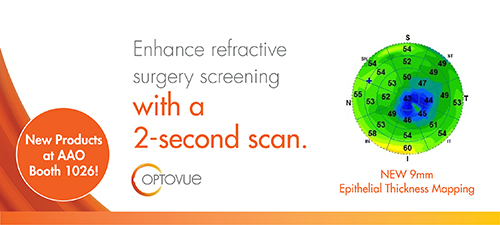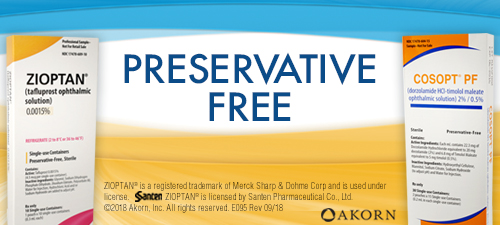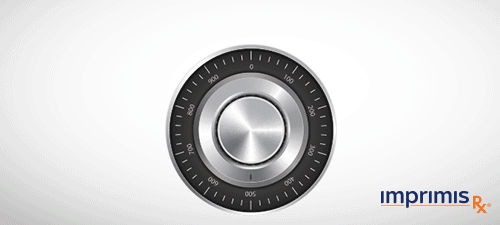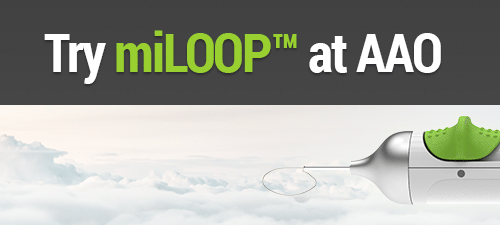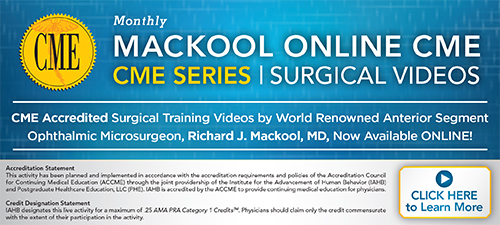FROM THE EDITORS OF REVIEW OF OPHTHALMOLOGY:

Volume 18, Number 43 |
Monday, October 22, 2018 |
|
OCTOBER IS HALLOWEEN SAFETY MONTH |
|
|||
|
||||
|
Binocular VF Loss & Monocular VF Damage in Glaucoma Scientists assessed monocular visual field loss and binocular VF loss in primary angle-closure, primary open-angle and normal-tension glaucoma, in an observational, cross-sectional study.
|
|
| SOURCE: Xu J, Lu P, Dai M. The relationship between binocular visual field loss and various stages of monocular visual field damage in glaucoma patients. J Glaucoma 2018; Oct 8. [Epub ahead of print]. |  |
|
|||
|
Efficacy & Safety of Sarilumab for Noninfectious Uveitis: Phase II SATURN Trial Researchers evaluated the efficacy and safety of sarilumab, a human anti-interleukin-6 receptor antibody, for the treatment of noninfectious uveitis of the posterior segment, as part of a randomized, double-masked, placebo-controlled, Phase II study.
Participants included 58 eyes with noninfectious intermediate, posterior or pan-uveitis. Eyes were randomized 2:1 to treatment q2 weeks for 16 weeks with subcutaneous sarilumab 200 mg or placebo. The primary endpoint was the proportion of individuals with ≥2-step reduction in vitreous haze (VH) on the Miami scale, or reduction of systemic corticosteroids (prednisolone or equivalent) to a dose of <10 mg/day at week 16. The primary endpoint was based on VH evaluation by a central reading center. Investigator evaluation of VH was a pre-specified, secondary analysis.
|
|
| SOURCE: Heissigerová J, Callanan D, de Smet MD, et al. Efficacy and safety of sarilumab for noninfectious uveitis of posterior segment: outcomes from the Phase 2 SATURN Trial. Ophthalmology 2018; Oct. 11. [Epub ahead of print]. |  |

|
||||||||||||||
 |
||||||||||||||
Review of Ophthalmology® Online is published by the Review Group, a Division of Jobson Medical Information LLC (JMI), 11 Campus Boulevard, Newtown Square, PA 19073. To subscribe to other JMI newsletters or to manage your subscription, click here. To change your email address, reply to this email. Write "change of address" in the subject line. Make sure to provide us with your old and new address. To ensure delivery, please be sure to add reviewophth@jobsonmail.com to your address book or safe senders list. Click here if you do not want to receive future emails from Review of Ophthalmology Online. Advertising: For information on advertising in this e-mail newsletter or other creative advertising opportunities with Review of Ophthalmology, please contact sales managers James Henne or Michele Barrett. News: To submit news or contact the editor, send an e-mail, or FAX your news to 610.492.1049 |
